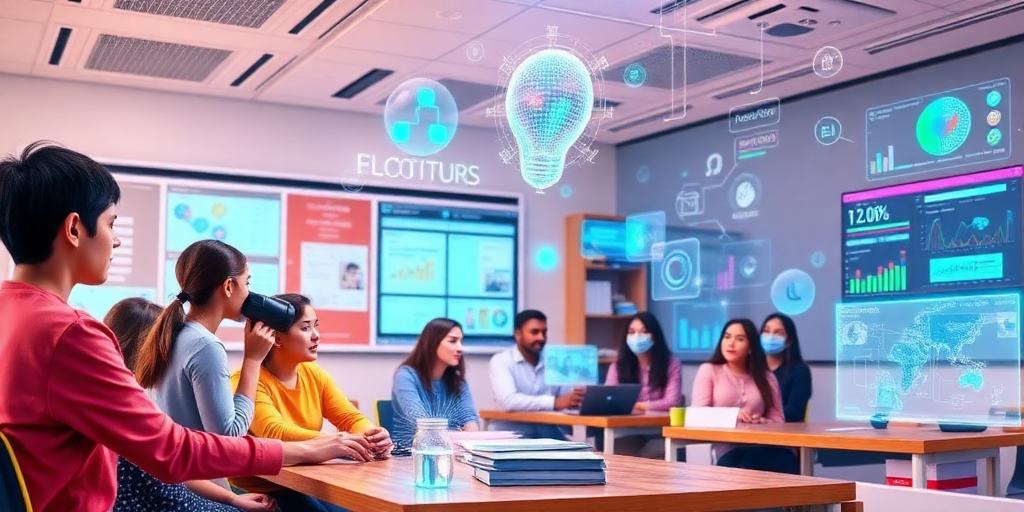The Future of Education Powered by Emerging Tech
The education sector is on the cusp of a technological revolution. Emerging technologies are poised to transform traditional learning environments, making education more accessible, personalized, and effective. This post explores the key technologies driving this transformation and their potential impact on the future of education.
Artificial Intelligence (AI)
AI is perhaps the most transformative technology in education today. Its applications are vast and varied:
- Personalized Learning: AI algorithms can analyze student performance data to tailor learning paths, content, and assessments to individual needs.
- Intelligent Tutoring Systems: AI-powered tutors can provide students with personalized support and feedback, helping them master concepts at their own pace.
- Automated Grading: AI can automate the grading of objective assessments, freeing up teachers' time to focus on more personalized instruction.
- Administrative Efficiency: AI can automate administrative tasks such as scheduling, enrollment, and data analysis, streamlining school operations.
Virtual Reality (VR) and Augmented Reality (AR)
VR and AR offer immersive learning experiences that can enhance student engagement and understanding:
- Virtual Field Trips: VR allows students to explore historical sites, natural wonders, and even outer space without leaving the classroom.
- Interactive Simulations: AR can overlay digital content onto the real world, allowing students to interact with complex concepts in a tangible way.
- Enhanced Collaboration: VR and AR can facilitate collaborative learning experiences, allowing students to work together on projects in virtual environments.
Blockchain Technology
Blockchain, best known for its use in cryptocurrencies, also has potential applications in education:
- Secure Credentials: Blockchain can be used to create tamper-proof digital credentials, such as diplomas and certifications, that are easily verifiable.
- Transparent Records: Blockchain can provide a transparent and secure record of student achievements, making it easier for students to track their progress and share their accomplishments with potential employers.
- Intellectual Property Protection: Blockchain can be used to protect intellectual property created by students and researchers.
Internet of Things (IoT)
The IoT connects physical devices to the internet, creating opportunities for data collection and automation in education:
- Smart Classrooms: IoT devices can monitor environmental conditions such as temperature and lighting, creating a more comfortable and productive learning environment.
- Wearable Technology: Wearable devices can track student activity levels and sleep patterns, providing insights into student well-being and academic performance.
- Automated Attendance: IoT sensors can automate attendance tracking, freeing up teachers' time to focus on instruction.
The Challenges and Opportunities
While these emerging technologies offer tremendous potential for transforming education, there are also challenges to consider:
- Digital Divide: Ensuring equitable access to technology for all students is crucial.
- Teacher Training: Educators need adequate training and support to effectively integrate these technologies into their teaching practices.
- Data Privacy: Protecting student data and ensuring responsible use of AI is essential.
Despite these challenges, the opportunities for leveraging emerging technologies to improve education are vast. By embracing innovation and addressing the associated challenges, we can create a future where education is more personalized, accessible, and effective for all learners.
Long-Tail Keyword Variations:
- How emerging technologies are transforming education
- AI in education: personalized learning solutions
- VR and AR in education: immersive learning experiences
- Blockchain for secure digital credentials in education
- IoT in education: creating smart classrooms









